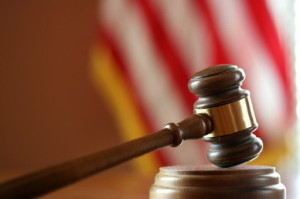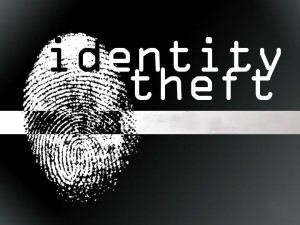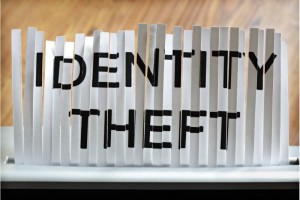Thirty years in jail for a single hair: the FBI’s ‘mass disaster’ of false conviction
Monday, February 10th, 2020 @ 3:49PM
In 2013, the FBI admitted that the foundations of what it called ‘hair comparison evidence’ were scientifically invalid. Photograph: Sarah Lee
George Perrot has spent almost 30 years in prison thanks to a single hair. It was discovered by an FBI agent on the bedsheet of a 78-year-old woman who had been raped by a burglar in her home in Springfield, Massachusetts, in 1985.
Perrot, then 17, was put on trial, despite the absence of physical evidence tying him to the crime scene. There was no semen. There was no blood. And so there was no way to conduct a conclusive DNA test.
Even the victim testified that the defendant looked nothing like her attacker: he had a short haircut and was clean-shaven, while Perrot had a long shaggy mop, a moustache and a goatee beard.
But there was that strand of hair. At a key stage in the 1992 rape and burglary trial, an FBI agent named Wayne Oakes took the witness stand, describing himself to the jury as an expert in hair and textile fibers – as would so many of the agency’s trial witnesses, in condemning hundreds of people to long prison sentences.
Individual head or pubic hairs were distinctive, he told the court, to the extent that a well-trained specialist like himself could tell those belonging to one person from another. Oakes went on to bombard the jury with scientific jargon, referring to the medulla, the cortex and the cuticle of hair, likening the task of comparing individual strands to recognizing a specific person in a crowd.
“In 10 years, it’s extremely rare I will have known hair samples from two different people I can’t tell apart,” the self-proclaimed expert bragged.
The FBI agent’s conclusion in front of the jury was emphatic: “The hair found on the sheet exhibits all the same microscopic hair arranged in the same way as the characteristics present in the known hair from [Perrot]. I conclude that the hair was consistent with coming from the defendant,” he told the court.
That testimony, based on a single hair, was so strong, so wrapped in the certainties of science, that it wiped out all doubts and inconsistencies in the prosecution’s case – indeed, it eviscerated the presumption of innocence.
There was only one problem: the “expert” analysis, delivered by Wayne Oakes under oath and effective enough to obliterate one-third of a man’s life and counting, was wrong.
Posted by cfegov
Categories: Criminal Behavior and Misconduct Within the Department of Justice and FBI












